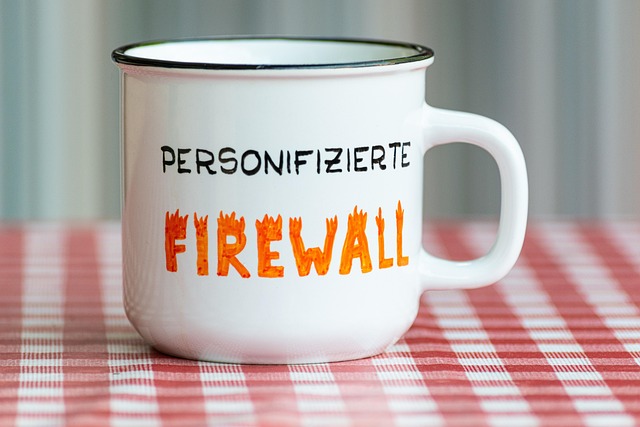
The Evolution of Firewalls in Data Protection: Navigating Technology Etiquette and Social Trends
The Evolution of Firewalls in Data Protection: Navigating Technology Etiquette and Social Trends
In today’s digital landscape, the term firewall has transcended its technical definition, becoming synonymous with security, protection, and a necessary first line of defense in data safeguarding. As we dive deeper into the evolution of firewalls, it’s essential to intertwine our understanding of technology etiquette and the prevailing social trends that influence our relationship with our data.
Understanding Firewalls: The Fundamental Shift
Originally designed as a means to filter incoming and outgoing network traffic, firewalls have undergone a significant transformation. They were once basic protective walls encasing our networks from external threats, serving a singular purpose. Fast forward to today, and we find ourselves in an era where firewalls are intelligent systems capable of learning and adapting to new threats. The evolution of firewall technology marks a pivotal moment in our approach to data protection, making it crucial to understand the etiquette surrounding their use.
Technology Etiquette: Respecting Boundaries in Digital Spaces
With great power comes great responsibility. This principle applies notably to the realm of firewalls. As users, we have a responsibility to respect the boundaries set by firewalls, both in personal and professional domains. Technology etiquette dictates that we should avoid unethical practices like attempting to bypass these protective measures for personal gain or curiosity. Such actions not only compromise our security but also potentially impact the larger community.
Moreover, as organizations implement and manage firewalls, they must communicate transparently with users. This fosters trust and ensures that individuals are aware of how data is being protected, enhancing collective cybersecurity. Ignoring this aspect of technology etiquette can lead to friction between users and administrators, hampering the very protection these firewalls are meant to provide.
Social Trends: The Demand for Privacy and Control
As society becomes increasingly aware of privacy issues and data breaches, the demand for robust firewall solutions has surged. Social trends indicate a growing consciousness among individuals regarding their digital footprints. People now seek more control over their data, pushing organizations to invest in next-generation firewalls that not only guard against breaches but also adhere to privacy regulations.
This shift reflects a broader movement where consumers favor companies that prioritize transparency and data protection. Organizations must, therefore, adapt their firewall strategies, aligning with the expectations of a society that values security and privacy. Ignoring these social trends can result in lost trust and damaged reputations, emphasizing the importance of a proactive stance on data protection.
The Future of Firewalls: Integration and Innovation
The future of firewalls is on the horizon, promising to integrate advanced technologies such as artificial intelligence and machine learning. This evolution will empower organizations to detect and respond to threats in real time while maintaining strong technology etiquette. As we embrace these innovations, it becomes vital to uphold our commitment to responsible digital behavior.
In this ever-changing landscape, the intersection of technology etiquette and social trends will continue to shape how we perceive and utilize firewalls in data protection. We find ourselves navigating a world where security and ethics are inextricably linked, guiding our collective journey toward a safer digital environment for all.



